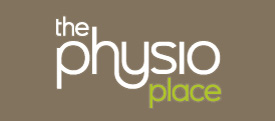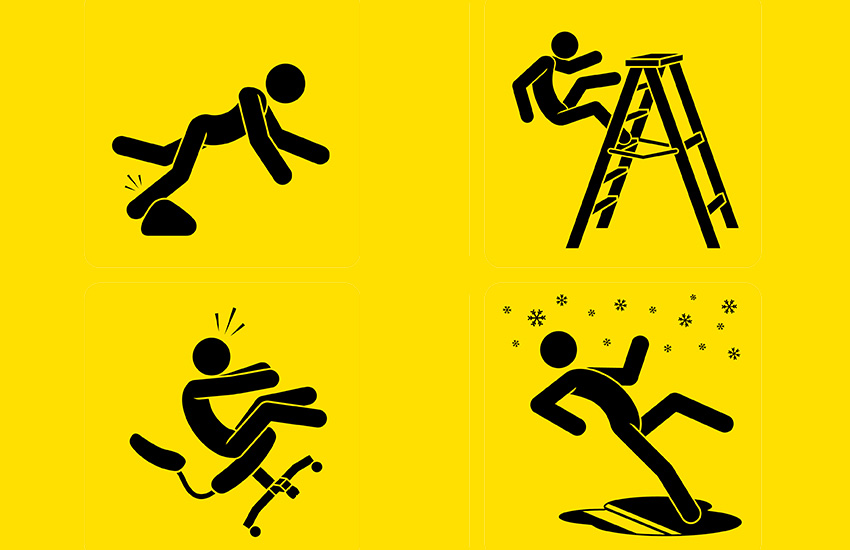I’ve just read in my professional journal that ‘Falls leave 1.2 million in A&E and cost the NHS £1.6 million’.
We all fall from time to time but more so as children and as older people. As children on the whole tend to bounce back pretty well I thought I would focus on falls amongst the older population and whether that’s you or someone you know I hope that you’ll find the information and handy hints below helpful.
You’ll probably know that as we get older our bones tend to grow thinner and weaker, our muscles can become weaker and our balance becomes less good which can all lead to an increase in prevalence of slips, trip and falls.
With an ever increasing older population this is not just a problem for the NHS where the queues are long and the financial cost is high but it can also be a huge problem for the person who has fallen too. At the very least it is likely that a lack of confidence in mobilising will result following a fall. If an injury has occurred such as a fracture, surgery may be required resulting in time in hospital or possibly plastercast which in turn will require help from others, possibly a change of home situation and reduction in independence.
To help reduce the incidence of slips, trips and falls it’s vital that we take action. The Chartered Society of Physiotherapy have put together a fantastic 12 point list of handy hints (listed below) that help to identify key areas of problems and suggest ways to address them. I have added a couple of things to the lists which I know from experience can be a problem.
- 1. Mop up spillages straight away so there is no risk of slipping
- 2. Take particular care when getting up in the night to go to the bathroom. You may need to do this more urgently and frequently as you grow older. If you are at risk of tripping in the dark, have a night light or a lamp with a switch nearby. Find CSP advice on continence here.
- 3. Remove trip-hazards like clutter, trailing wires and frayed carpet
- 4. Use non-slip mats and rugs, or put a carpet grip underneath. In areas where you don’t necessarily need a rug it might be easier to take it up.
- 5. Use a grip mat in the bath and shower, and have grab rails for getting in and out
- 6. Use high-wattage light bulbs
- 7. If you are falling frequently, organise your home to keep climbing, stretching and bending to a minimum and to avoid bumping into furniture. For example, move crockery that you use regularly to a waist-high shelf
- 8. Get help with tasks you can’t do safely on your own
- 9. Avoid walking on slippery floors in socks or tights
- 10. Avoid long, trailing clothes that might trip you up. If you are unable to tack up a hem, then put a belt around your waist and pull the excess material over the belt. Watch out for rugs too which might get caught up when getting out of a chair
- 11. Wear well-fitting slippers and shoes in good condition that support the ankle and have a good grip on the sole.
- 12. Maintain good physical fitness, muscle strength, balance and flexibility


